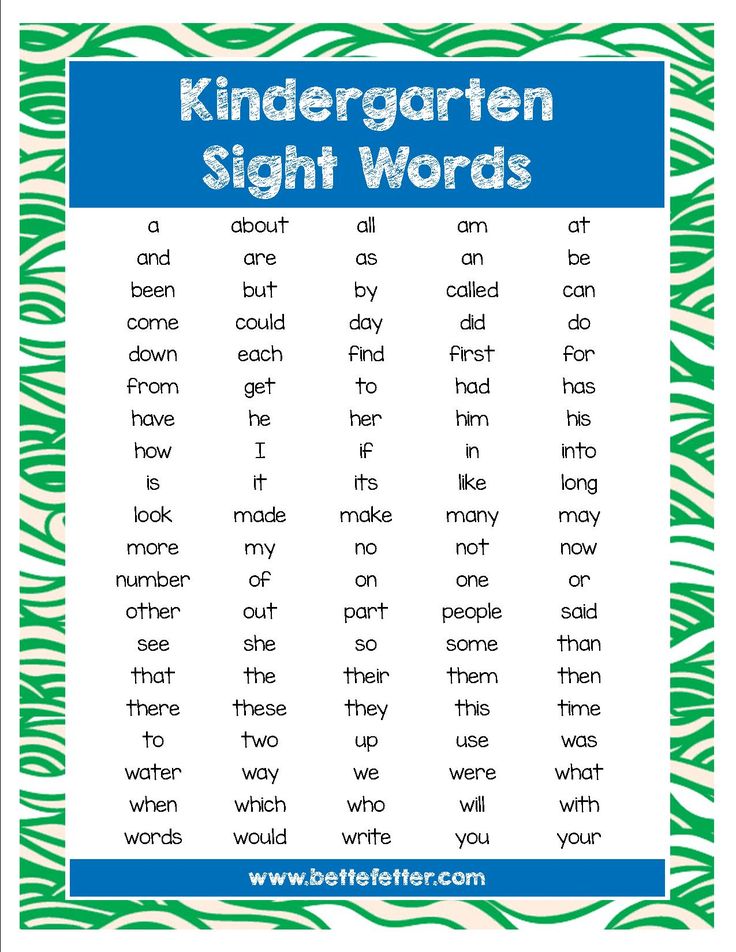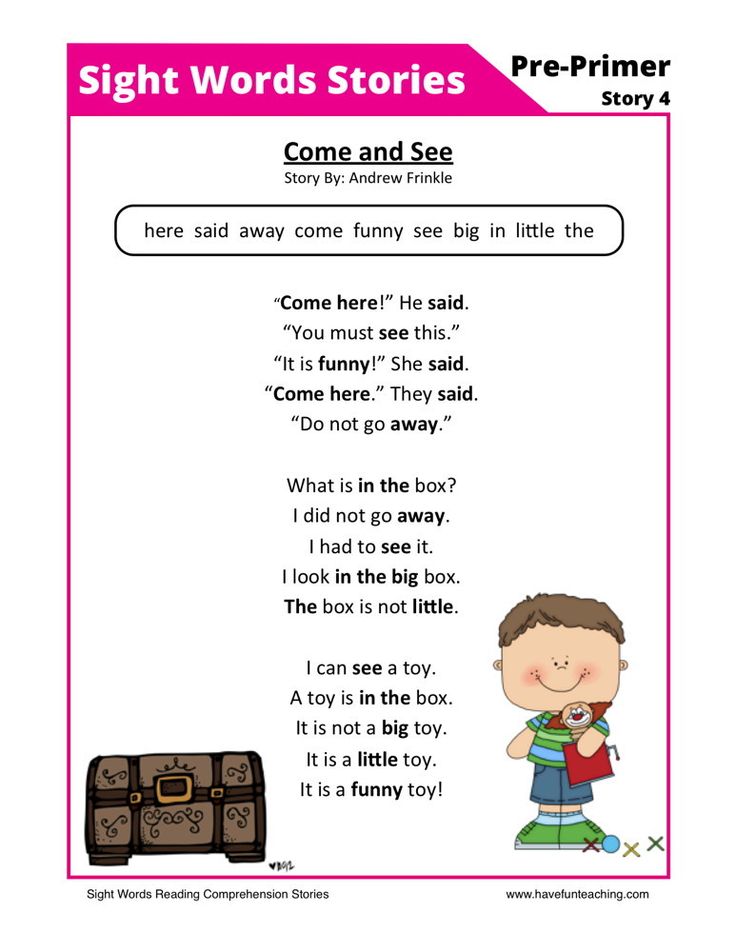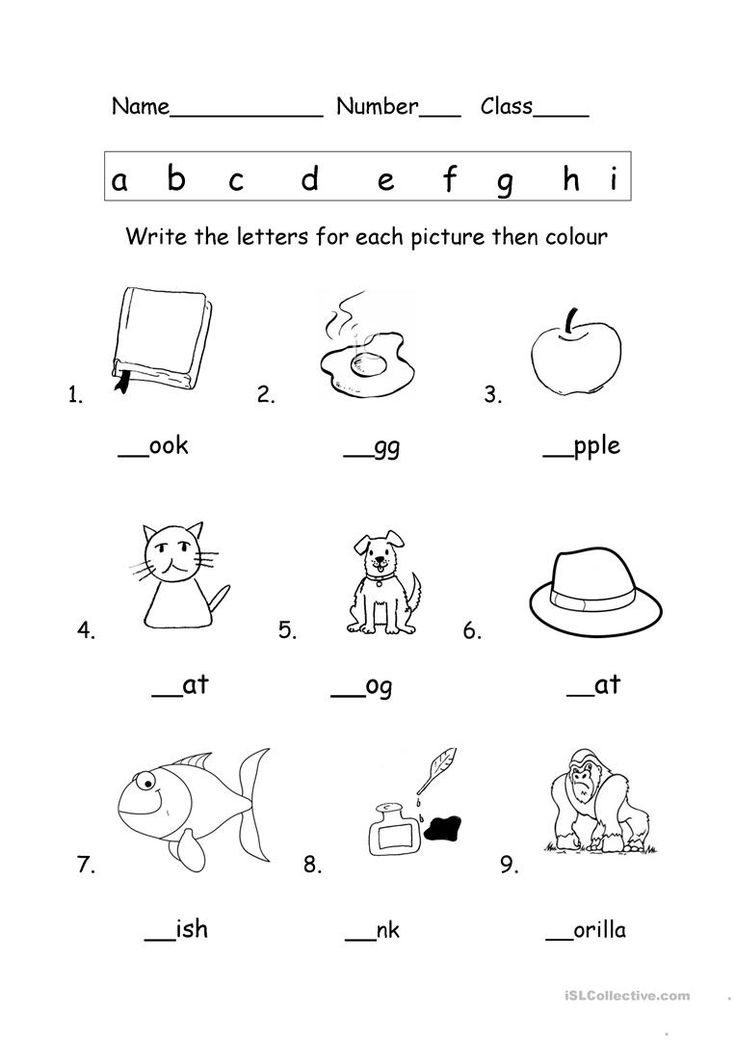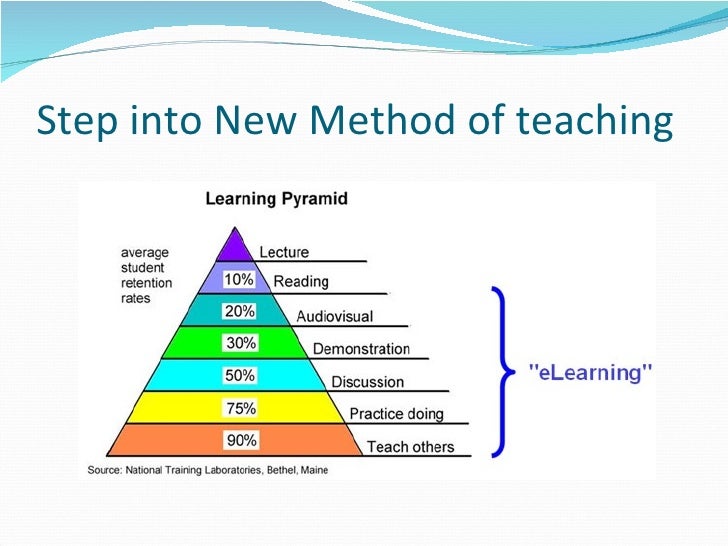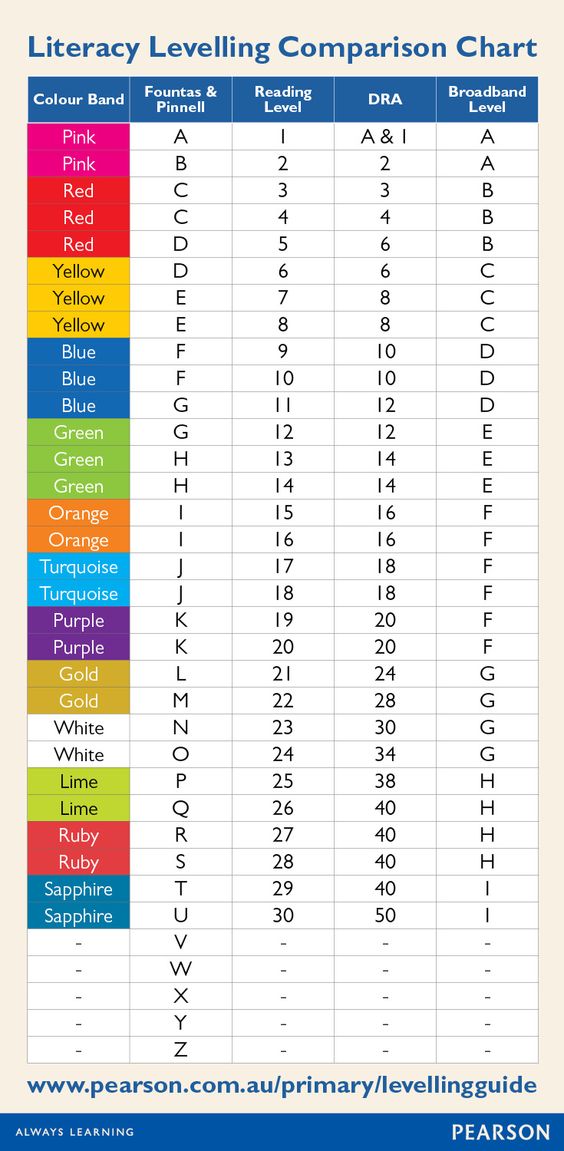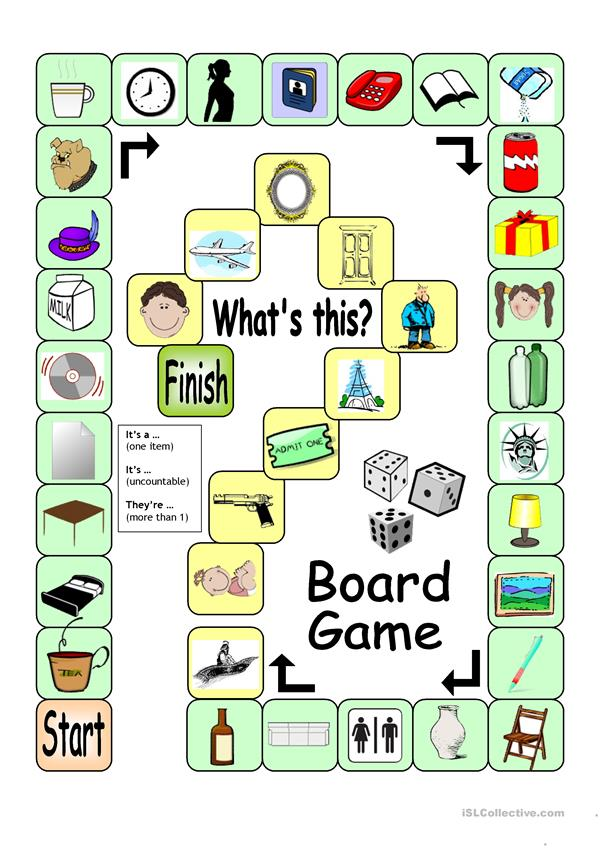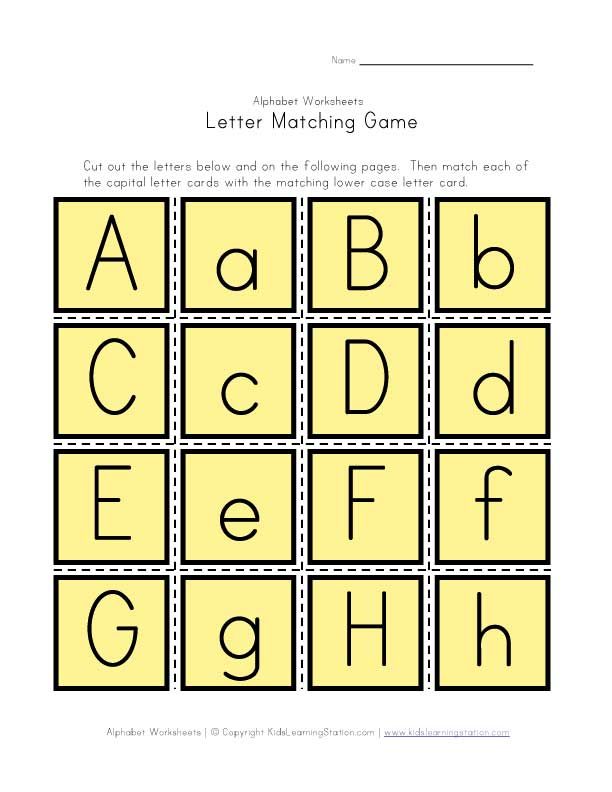Kids sight words
Teach Your Child to Read
Print your own sight words flash cards. Create a set of Dolch or Fry sight words flash cards, or use your own custom set of words.
More
Follow the sight words teaching techniques. Learn research-validated and classroom-proven ways to introduce words, reinforce learning, and correct mistakes.
More
Play sight words games. Make games that create fun opportunities for repetition and reinforcement of the lessons.
More
Learn what phonological and phonemic awareness are and why they are the foundations of child literacy. Learn how to teach phonemic awareness to your kids.
More
A sequenced curriculum of over 80 simple activities that take children from beginners to high-level phonemic awareness. Each activity includes everything you need to print and an instructional video.
More
Teach phoneme and letter sounds in a way that makes blending easier and more intuitive. Includes a demonstration video and a handy reference chart.
More
Sightwords.com is a comprehensive sequence of teaching activities, techniques, and materials for one of the building blocks of early child literacy. This collection of resources is designed to help teachers, parents, and caregivers teach a child how to read. We combine the latest literacy research with decades of teaching experience to bring you the best methods of instruction to make teaching easier, more effective, and more fun.
Sight words build speed and fluency when reading. Accuracy, speed, and fluency in reading increase reading comprehension. The sight words are a collection of words that a child should learn to recognize without sounding out the letters. The sight words are both common, frequently used words and foundational words that a child can use to build a vocabulary. Combining sight words with phonics instruction increases a child’s speed and fluency in reading.
This website includes a detailed curriculum outline to give you an overview of how the individual lessons fit together.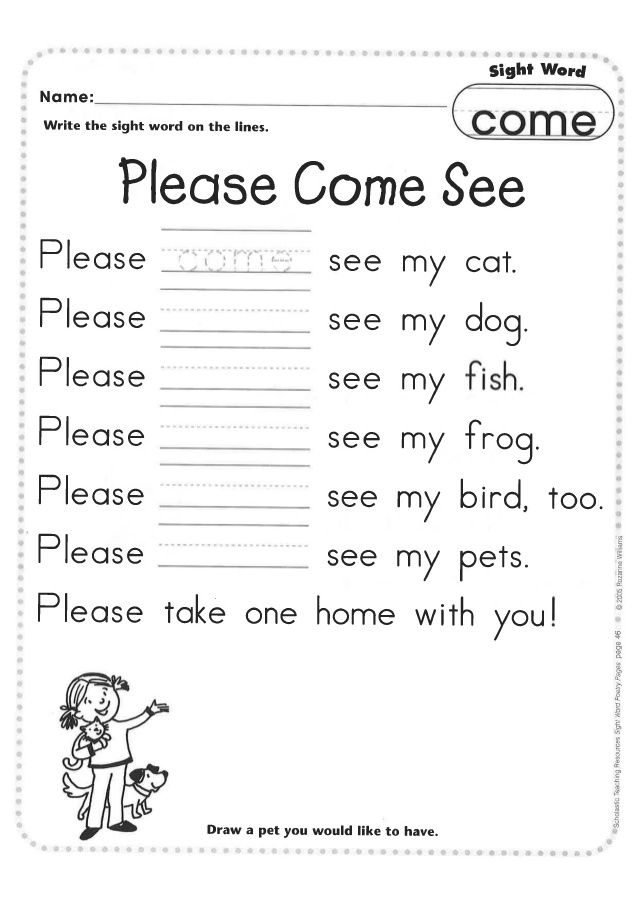 It provides detailed instructions and techniques to show you how to teach the material and how to help a child overcome common roadblocks. It also includes free teaching aids, games, and other materials that you can download and use with your lessons.
It provides detailed instructions and techniques to show you how to teach the material and how to help a child overcome common roadblocks. It also includes free teaching aids, games, and other materials that you can download and use with your lessons.
Many of the teaching techniques and games include variations for making the lesson more challenging for advanced students, easier for new or struggling students, and just different for a bit of variety. There are also plenty of opportunities, built into the lessons and games, to observe and assess the child’s retention of the sight words. We encourage you to use these opportunities to check up on the progress of your student and identify weaknesses before they become real problems.
Help us help you. We want this to be a resource that is constantly improving. So please provide us with your feedback, both the good and the bad. We want to know which lessons worked for your child, and which fell short. We encourage you to contribute your own ideas that have worked well in the home or classroom.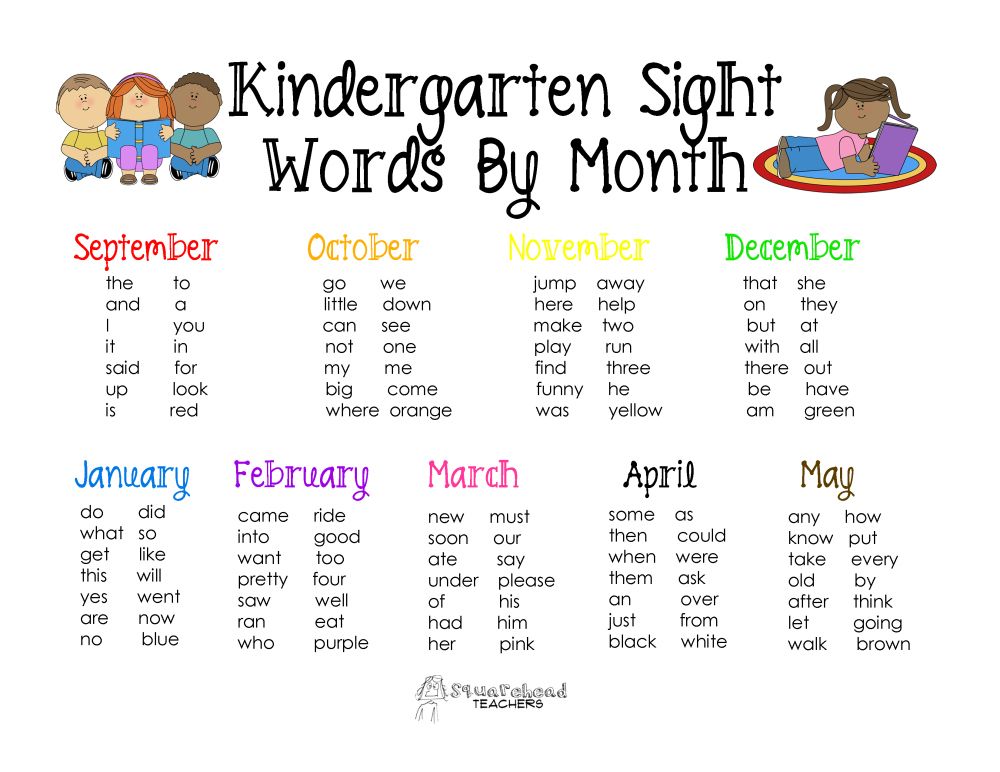 You can communicate with us through email or simply post a response in the comments section of the relevant page.
You can communicate with us through email or simply post a response in the comments section of the relevant page.
Top 100 Sight Words and How to Teach Them
Sight words is a common term in reading that has a variety of meanings. When it is applied to early reading instruction, it typically refers to the set of about 100 words that keeps reappearing on almost any page of text. “Who, the, he, were, does, their, me, be” are a few examples.
In addition to their being very frequent, many of these words cannot be “sounded out.” Children are expected to learn them by sight (that is, by looking at them and recognizing them, without any attempt to sound them out.)
Unfortunately, this means minimal teaching. Often, little is done other than to show the word and tell the child what it is “saying.” For many children, this is not enough, with the result that their reading of these critical words is laden with error.
What does this mean for parents who are helping their children master reading? Basically it means spending some time in truly teaching these words so that your child gains real mastery of them. The key to achieving this goal is accurate writing (spelling)—via memory. That is, the child writes the word when the model is not in view.
The key to achieving this goal is accurate writing (spelling)—via memory. That is, the child writes the word when the model is not in view.
You can do this by creating simple sentences that the child reads. (By using sentences, you will automatically be using many “sight words.” In addition, you will be giving your child the opportunity to deal with words in context—a key to meaningful reading) After showing the sentence and having your child read it, turn it over and then dictate the sentence. If there is an error, you immediately stop your child and take away the paper. Then you show the model again and repeat the process. In other words, the writing of the sentence has to be fully accurate, starting with the first word.
If you want a list of those words to help guide your efforts, here is the top 100 according to the American Heritage Word Frequency Book by John B. Carroll.
A: a, an, at, are, as, at, and, all, about, after
B: be, by, but, been
C: can, could, called
D: did, down, do
E: each
F: from, first, find, for
H: he, his, had, how, has, her, have, him
I: in, I, if, into, is, it, its
J: just
K: know
L: like, long, little
M: my, made, may, make, more, many, most,
N: not, no, now
O: or, one, of, out, other, over, only, on
P: people
S: said, she, some, so, see
T: the, to, they, this, there, them, then, these, two, time, than, that, their
U: up, use
V: very
W: was, with, what, were, when, we, which, will, would, words, where, water, who, way
Y: you, your
Click here to download our Recommended Top 100 Sight Words.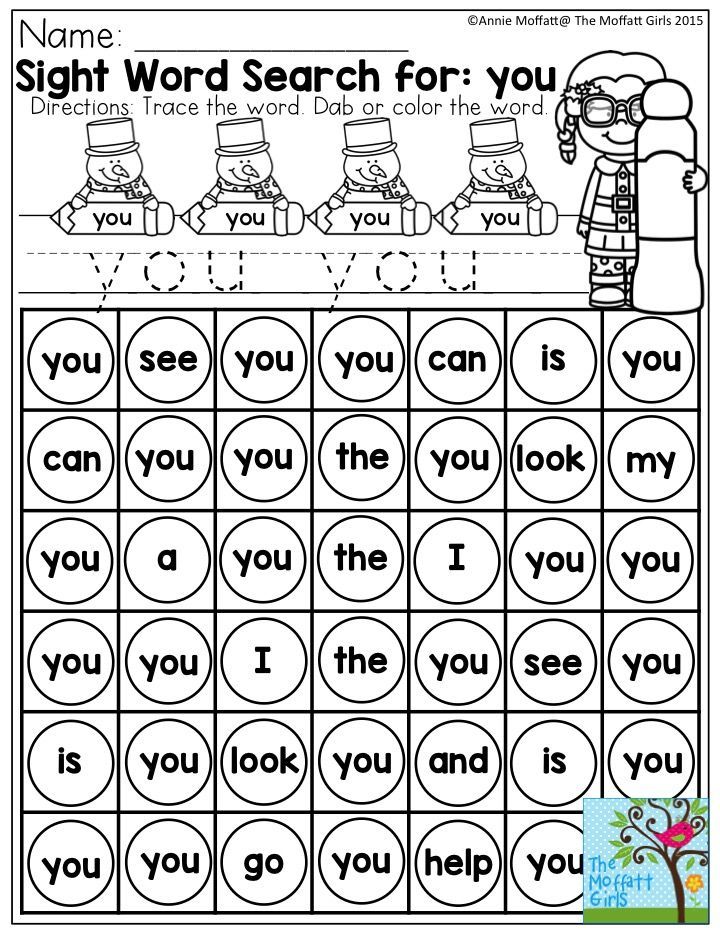
Literacy and reading expert, Dr. Marion Blank
Dr. Marion Blank is answering your questions about reading and learning. If you have a question for Dr. Marion, visit the Reading Kingdom Facebook Page and let us know how we can help.
If you think the Reading Kingdom program can help your children learn to read, enjoy a free, 30-day trial here.
The very first English words on topics for children
Is it possible to teach a preschool child to speak a foreign language without resorting to specialized courses and lessons with a teacher? The experience of bilingual families, as well as enthusiastic parents who set themselves such a goal, shows that yes! Of course, with self-study, the level of language proficiency will directly depend on how much time and effort the parent devotes to this task. However, even a slight but regular attention to the topic of the English language will help introduce the baby to the first English words and immerse him in the world of a foreign language.
At the end of the article you can view and download cards of the first 60 English words on 5 topics (family, animals, colors, fruits, vegetables). And also, we will tell you how you can make self-study of a foreign language effective, exciting and natural.
Contents of the article:
- At what age should a child start learning a foreign language
- Learning English in a bilingual family
- How to learn English with a child on your own?
- How can a child learn foreign words?
- 60 first English words with transcription and translation
The best age for a child to start learning English
The question of at what age to start learning English is still a matter of thought for parents and teachers. Our practice shows that the most optimal age is 3-5 years. This is exactly the time when children quickly and easily absorb any new information presented in a fun way. That is why the main task of the teacher is to show that communicating in a foreign language is simple and natural. In this regard, teaching according to the communicative method, which is based on language practice, shows the best results when teaching preschool children.
That is why the main task of the teacher is to show that communicating in a foreign language is simple and natural. In this regard, teaching according to the communicative method, which is based on language practice, shows the best results when teaching preschool children.
Don't forget to get a free coloring book on the theme of African animals at the end of the article.
Parents can adopt the principles and rules of the communicative methodology by independently organizing education with the baby and forming the presence of English speech in their everyday life. For example, if you meet a dog on a walk on your way, call it in English “This is a dog. Dog is a dog in English. Use English vocabulary in the context of real circumstances and try to say words as part of whole phrases. It is this gradual and comfortable acquaintance of the child with the world of the English language that makes up the lion's share of the process of independent study.
The effectiveness of independent language learning directly depends on the time and effort that a parent devotes to his child
Pupils of 3-4 years old learn to use new words very quickly, gradually building whole phrases and sentences out of them.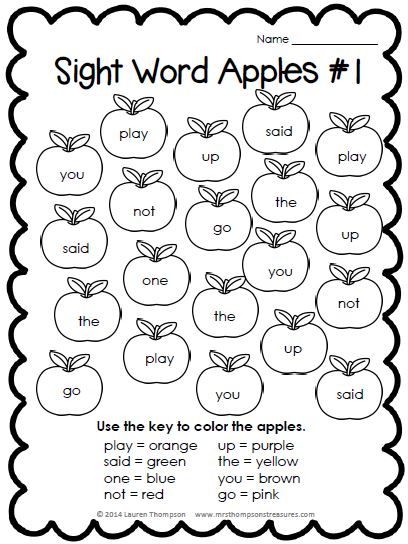 But grammar rules, the alphabet and writing exercises are what are best left for school age. In early childhood, the baby learns all the features of the language through practice, as is the case with children developing in a bilingual environment.
But grammar rules, the alphabet and writing exercises are what are best left for school age. In early childhood, the baby learns all the features of the language through practice, as is the case with children developing in a bilingual environment.
Learning English with a child in a multicultural family
One often hears the opinion that in order to start learning it is necessary that the child already has an excellent command of his native language. Otherwise, English classes will not only be useless, but will also cause language confusion in the mind of the baby. However, the myth that a second language in the arsenal can harm a polyglot child successfully refutes the experience of thousands of bilingual families.
Active immersion in a multicultural environment makes the baby go all the way to mastering speech, as in the case of his native language. A lot of communicative practice and a living example before my eyes allow you to quickly navigate and intuitively understand the meaning of words without the need for mental translation.
Experts say that children's bilingualism, with its ability to learn two languages simultaneously in the native format, persists up to 7-8 years. In the course of how the child masters writing skills, it fades, but nevertheless, the opportunity to learn languages easier and faster than usual remains for life. An added bonus for children who learn multiple languages early is excellent memory and cognitive abilities, which later help in other subjects. Families speaking the same language, of course, cannot fully recreate all the conditions of a multicultural family, but they can adopt some of its elements.
Bilingual children after 7-8 years of age retain the ability to learn foreign languages easier and faster
How to learn English with a child on your own?
Learning English on your own is easier than many parents imagine. The main principle is that English surrounds us always and everywhere. Remember how your baby began to speak his native language? What were his first words? Of course, repeating after his parents, he learned to name things that surround him in everyday life: body parts, vegetables and fruits, favorite toys and animals .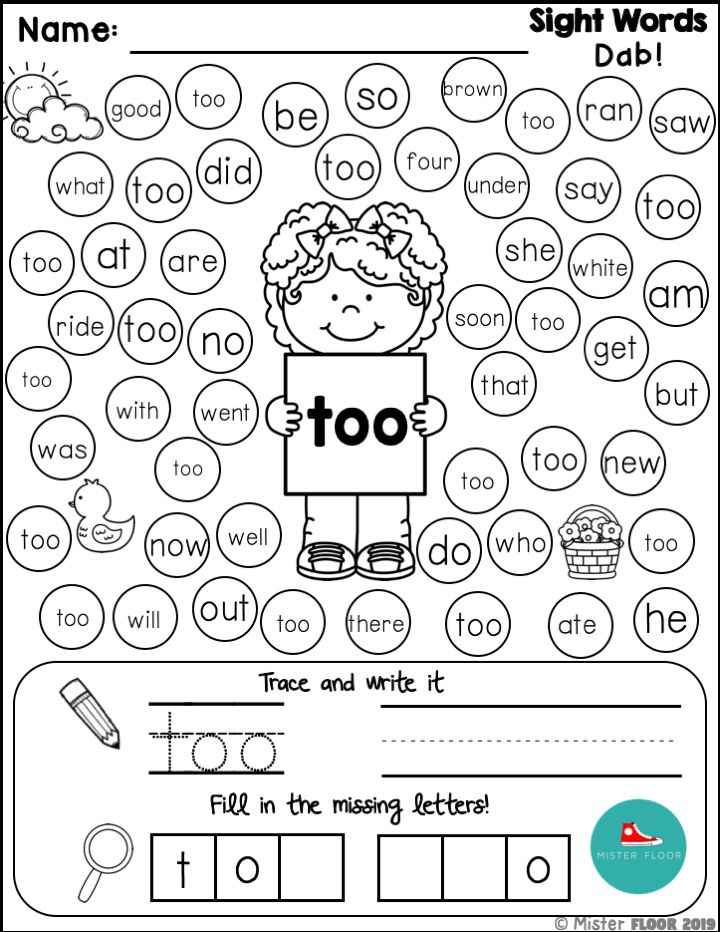 .. Starting to learn a foreign language, it is worth moving along the same path, because even lullabies in English in early childhood, will already contribute to the further development of the baby.
.. Starting to learn a foreign language, it is worth moving along the same path, because even lullabies in English in early childhood, will already contribute to the further development of the baby.
Many parents believe that it is necessary to start learning English with a child from letters and the alphabet. But this is not at all what you need to pay attention to when it comes to teaching preschoolers. First of all, focus on expanding your vocabulary, practicing speaking and listening skills. To do this, just try to include as many English words as possible in your life.
If it is convenient for you to recreate a multicultural environment at home, then do it and try to communicate with your baby only in English at home. But even regular classes for 15-20 minutes a day will be no less effective, when you and your child study a colorful English book or cards, or maybe just communicate in English. It is important to show that English is a natural part of your life. Try to associate English with some daily routine, such as 5 o'clock tea, the drive home from kindergarten, or a joint breakfast where you communicate in a foreign language and learn words in a relaxed way. The benefit of this method is that learning new words in English becomes an interesting and effective activity. Your child does not memorize new words, but consciously memorizes them.
The benefit of this method is that learning new words in English becomes an interesting and effective activity. Your child does not memorize new words, but consciously memorizes them.
Learn 10 English words a day = regular foreign language classes for 15-20 minutes
If mom or dad speaks English at a conversational level, then they will be the best guide to the world of a new language. Emotional closeness and trust in the relationship will allow the child to avoid the possible stress of learning new information, and the desire to spend time with his parent for a fun activity will be the best motivation. But even a parent who speaks basic English can also be productive with their child. Remember that the most important thing at this stage is not so much the availability of special knowledge as your keen interest, i.e. you need to help your child learn English words every day.
How to learn English words with a child?
Modern children are surrounded by the English language, so you can pick up new vocabulary in the most ordinary life circumstances.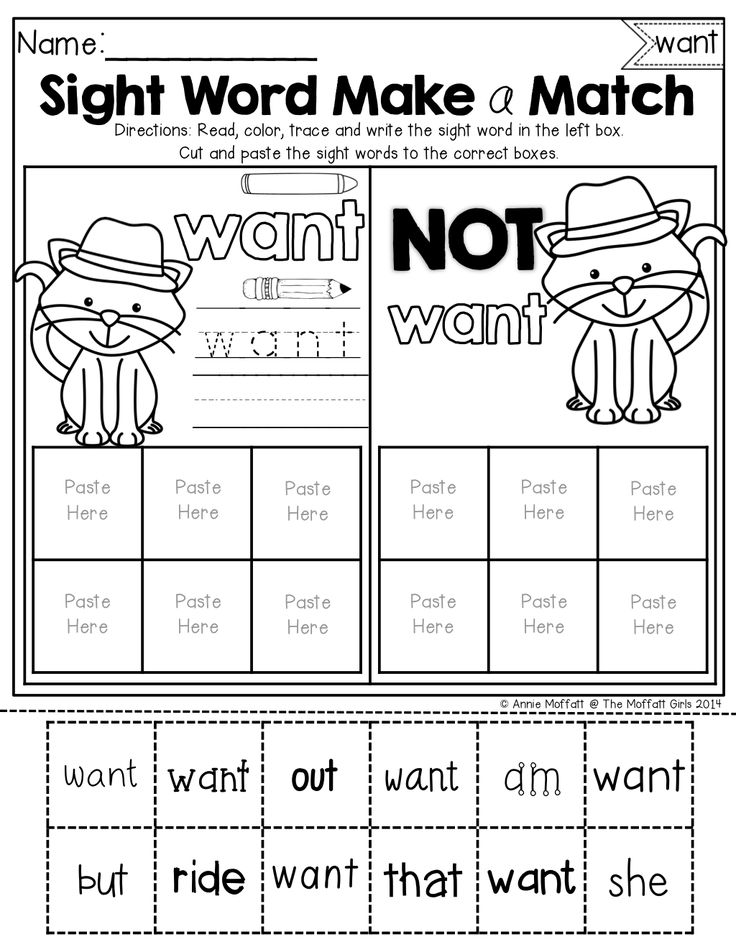 For example, explaining why the favorite game is called "Angry Birds", where the name Spiderman came from, and what "free potatoes" means. Translate texts on T-shirts, toy boxes together and pay attention to accidentally heard English words. Thus, you will not only quickly replenish your vocabulary, but also show your child how easily and naturally English is integrated into everyday life. The ability to look at a foreign language as something natural will save the child from the language barrier and build self-confidence during the conversation.
For example, explaining why the favorite game is called "Angry Birds", where the name Spiderman came from, and what "free potatoes" means. Translate texts on T-shirts, toy boxes together and pay attention to accidentally heard English words. Thus, you will not only quickly replenish your vocabulary, but also show your child how easily and naturally English is integrated into everyday life. The ability to look at a foreign language as something natural will save the child from the language barrier and build self-confidence during the conversation.
Children easily memorize the simplest words for objects and phenomena that surround them every day: colors, toys, body parts, fruits and vegetables, etc. This is due to the fact that the child has a well-developed imagination and he learns a foreign word visually, without the need to correlate it with the Russian translation.
Learn words from the objects and phenomena around your baby
Choose one or more comfortable ways for children to learn English words together:
1.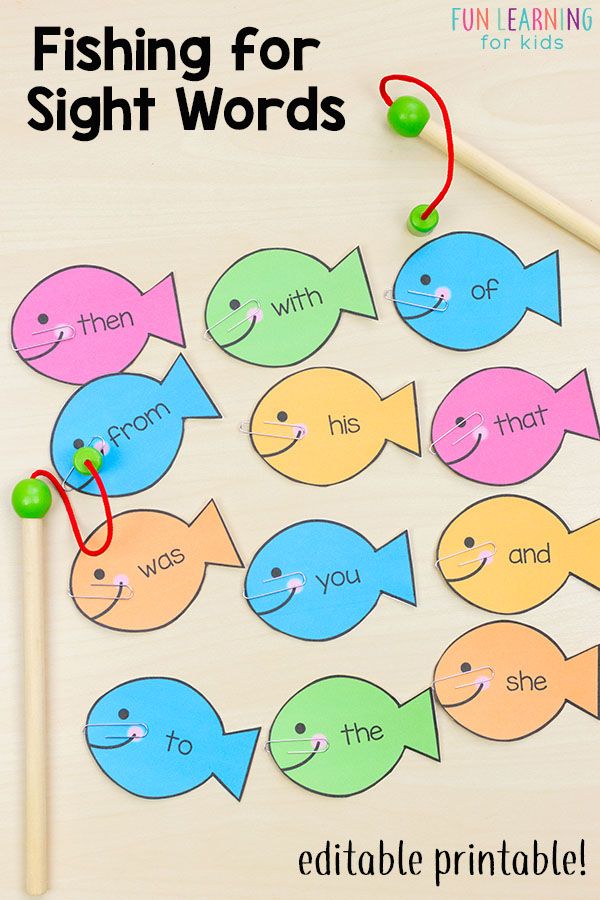 Communication
Communication
The most relaxed and easiest way is live communication. Each new word can be approached with interest and play, while learning you do not need special conditions.
For example, at dinner, ask to name the foods on your plate in English, or name the objects that surround you yourself. In order to make the process more interesting, use a different voice tone, invent sounds and movements. Let the child repeat the word after you, getting involved in a fun game. Gradually show how the learned English words can be combined into phrases to describe the plots of the pictures: white cat, black cat. Then add all the new details - three white cats.
2. Flashcards
Learning English words with flashcards is one of the most popular methods. Bright cards with the image of various objects will help you learn the first English words. Depending on the age of the child, you can play different games with them. For example, for very young students, it will be enough to simply name the objects in the pictures.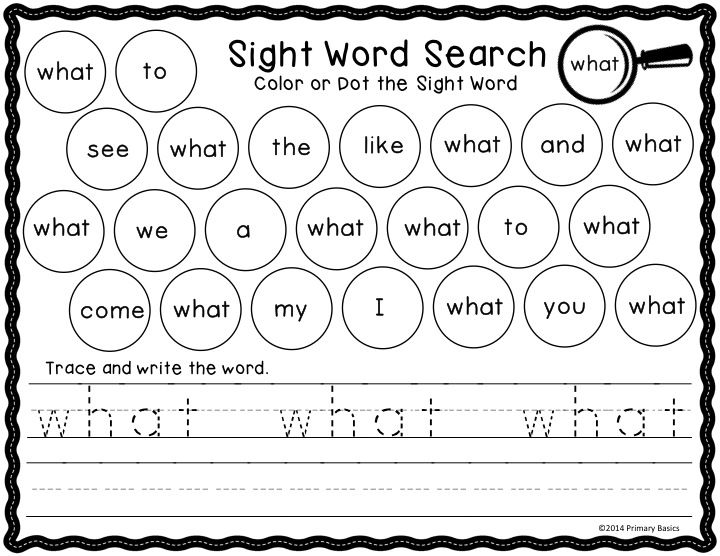 An older child can be asked to sort the pictures by color - "red", "blue", etc. Learn sentence constructions by asking questions about the objects in the pictures: “Where is the bus?”. If you feel strong in yourself, try to make up whole stories about characters from pictures with your child.
An older child can be asked to sort the pictures by color - "red", "blue", etc. Learn sentence constructions by asking questions about the objects in the pictures: “Where is the bus?”. If you feel strong in yourself, try to make up whole stories about characters from pictures with your child.
By the way! On this site you can print out English word cards for free and start learning the language with your child right now
. Choose an age-appropriate program and study together, trying to fill the process of learning words in English for children with positive and vivid emotions.
4. Cartoons in English
Watching cartoons in the original will help your child get used to English speech, catch intonation and tempo. All this information is sure to be deposited in the mind and will ensure the correct pronunciation in the future.
5. Songs and dances
The more activities your lesson includes, the more stable the child's interest in the language will remain.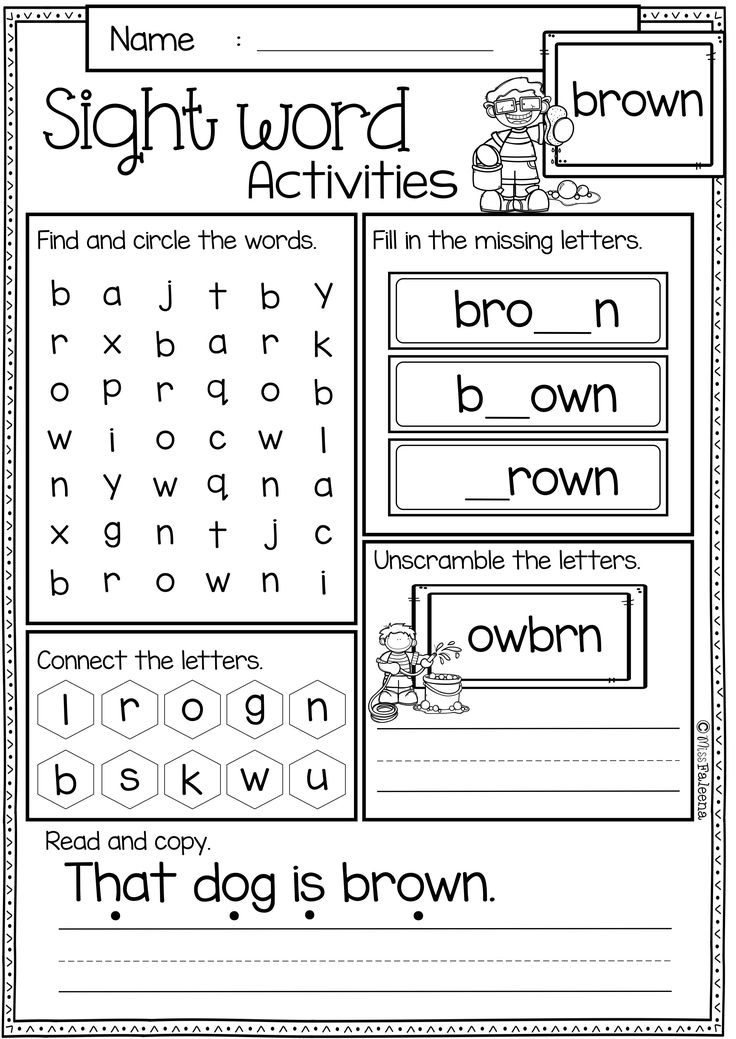 Be sure to use assignments during the lesson where the child must somehow prove himself - for example, dance to a funny English song sung together with you.
Be sure to use assignments during the lesson where the child must somehow prove himself - for example, dance to a funny English song sung together with you.
Remember that children are very curious by nature. In an effort to learn the world, the child will eagerly reach for any new knowledge.
Don't worry if your child doesn't seem to be learning at first. Your efforts will not be in vain - if the baby is interested in classes, then at this stage he is immersed, listening and remembering the words. Soon he will delight you with the first words and even sentences in English. Well, starting from the age of 4, self-study of the language can be supplemented with specialized courses, where the atmosphere in the classroom would be as comfortable, cheerful and friendly as possible.
Goat [gəʊt] - goat
pig [pɪg] - pig
sheep [ʃiːp] - sheep
horse [hɔːs] - horse
cow [kaʊ] - cow
GOOSE [guaːs] - goose
2222 Chicken [ˈʧɪkɪn] - chicken
duck [dʌk] - duck
Rooster [ˈruːstə] - rooster
Fox [fɒks] - fox
Wolf [wʊLF] - wolf
Bear [beə] - bear
Hare [ heə] — hare
Elephant [ˈelɪfənt] — elephant
Tiger [ˈtaɪgə] - tiger
Lion [ˈlaɪən] - lion
Crocodile [ˈkrɒkədaɪl] - crocodile
giraffe [ʤɪˈrɑːf] - giraffe 9000
Words on "color"
Colors [ˈ ˈ ˈ ˈ ˈ ˈ ˈ ˈ ˈ ˈ ˈ ˈ ˈ ˈ ˈ ˈ ˈ ˈ ˈ ˈ ˈ ˈ ˈ ˈ ˈ ˈ ˈ ˈ ˈ ˈ ˈ ˈ ˈ ˈ ˈ ˈ ˈ ˈ ˈ ˈ ˈ
Red [red] - red
Green [griːn] - green
Blue [Bluː] - Blue
Orange [ˈɒrɪnʤ] - orange
yellow [ [greɪ] - gray
Black [Blæk] - Black
White [Waɪt] - White
Purple [ˈpɜːpl] - violet
Brown [Braʊn] - brown
Words on the theme "Fruits"
9000Fruits [Fruːts]
apple [
Grapes [greɪps] - grapes
Kiwi [ˈkiːwi:] - kiwi
tangerine [t æ n (d) ʒəˈriːn] - tangerine
melon [ Words on the theme "Vegetables"
Vegetables [ˈveʤɪtəblz] - vegetables
Carrot [ [ˈkæbɪʤ] - cabbage
Pepper [ˈp e pə r] - pepper
Potato [pəˈteɪtəʊ] - potatoes
Cucumber [ˈkjuːkʌmbə] - cucumber
Download the painting and start learning English, painting amazing African animals
$ did you like the article?
Share with your friends 😌
What words to say to a child to improve relations with him - five techniques from a child psychologist on TEA.
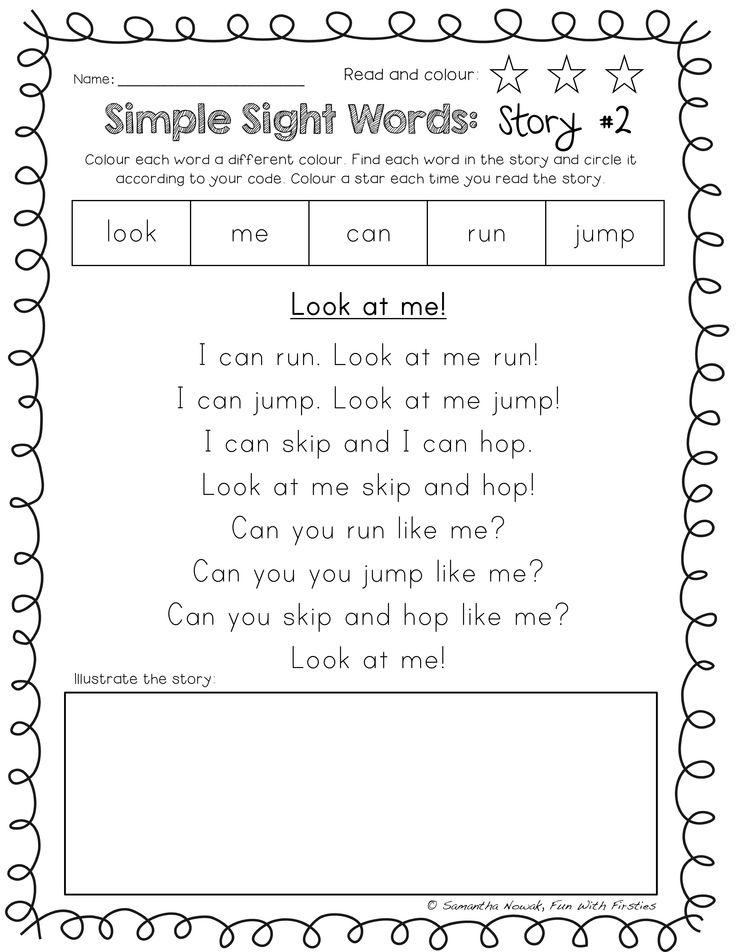 ru
ru write, perhaps, in all popular books on pedagogy. But how to do that? Where to begin? What to pay attention to in ordinary family life?
Together with psychologist Svetlana Yermolina, we reviewed five important communication techniques that will help you establish contact with your child and raise a happy and confident person. Start using them regularly, and you will notice how your baby, his mood and relationship with you will begin to change for the better.
Talk about love directly
One of the sweetest words for each of us is our own name. Therefore, even if a “bunny”, “cat”, “candy” or “bun” grows in your family, do not forget to call the child by name. It can be a full form or diminutive variants, but still formed from the name. Otherwise, it will turn out like in a joke, when a lost baby, when asked about the name of his parents, answered: “Honey and Kitty”. It is also good to use the words: son / son, daughter / daughter, my joy, my happiness, my dear.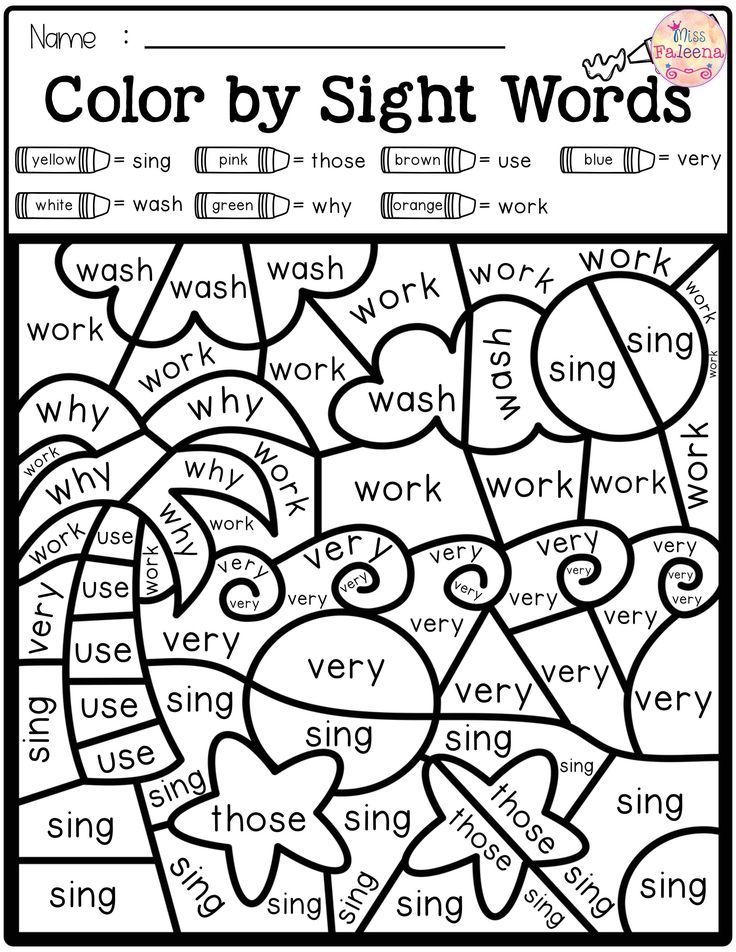 They give the child a sense of security, belonging to the family, connections with significant adults for him.
They give the child a sense of security, belonging to the family, connections with significant adults for him.
Avoid swearing at your child or other family members. These include not only obscene or offensive words, but also definitions: blind, deaf, oblique, lazy. As well as phrases from the series: “Everything is always wrong with you”; "You never put your toys away." Their bright emotional coloring causes serious trauma to the child's psyche, can cause anxiety, insecurity, neurosis and problems in adulthood.
Replace the child's assessment with a description of the situation and your emotions. Instead of the phrase “Why are you so crooked”, it’s better to say: “I’m offended that you broke my thing, I’m very angry because of this.” Of course, for adults who are often under stress, it is difficult to remain calm and find words if the child misbehaves or does something wrong. But try to train this skill in yourself, and soon it will become a habit. Popular books for parenting and communication with children of different ages can come to your aid.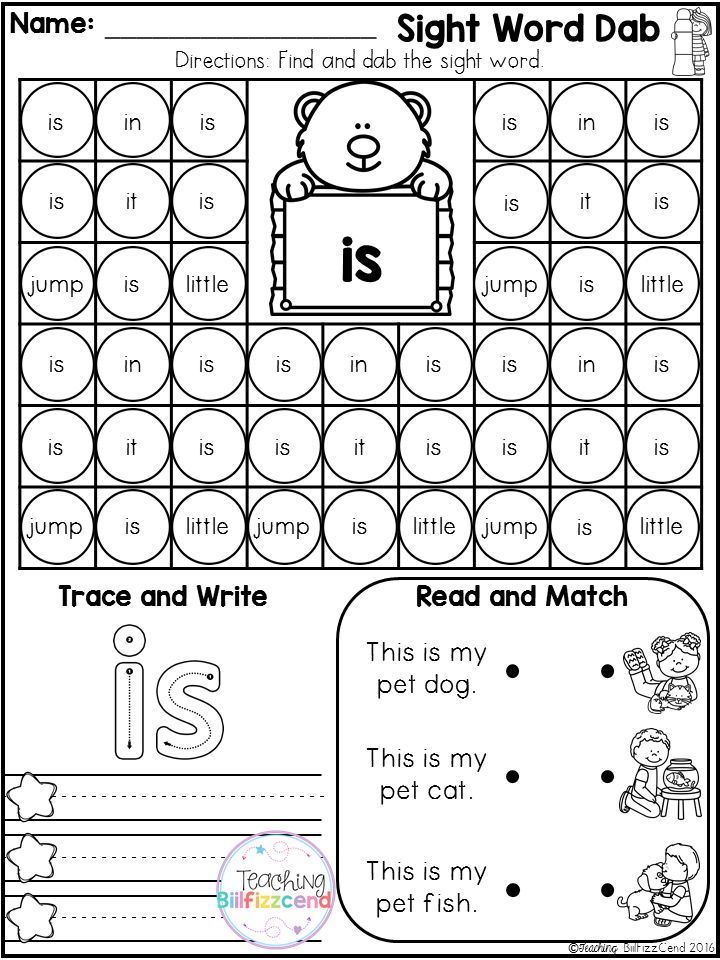
Feel free to say directly: "I love you, I miss you, I'm glad to see you." These words are the key to the calmness of the child, his self-confidence. Such children will not have to attract the attention of their parents with whims and require confirmation of their love with the help of provocative actions. They have confidence that they are loved and that everything is fine with them. In the future, this will become the basis of their own strong happy family.
Observe the rules of politeness
From the very first years, as soon as the baby begins to speak, parents introduce the words “thank you” and “please” into his vocabulary, teach him to ask and give thanks. However, it is very important not only to teach, but also to show the correct model of communication by personal example. Observe yourself: do you always say those same “magic words” to your spouse or other relatives, neighbors, friends. And first of all - to the child himself. When talking to him, look the child in the eyes, not the phone.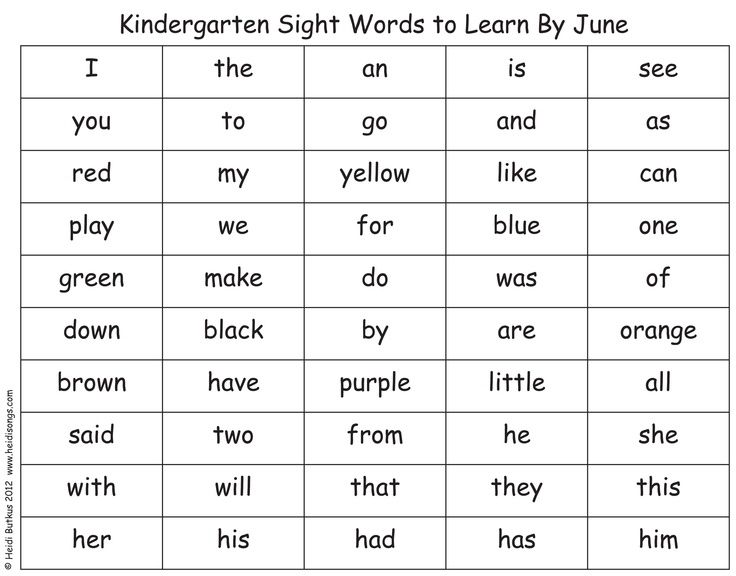 Try to listen to even the most uninteresting or repetitive stories for you. You won't interrupt a colleague at work when he tells an unfunny joke for the fifth time, will you? You might even smile politely. The rules of courtesy also work with children. They very quickly see a discrepancy if mom and dad ask for one thing, but they themselves act differently.
Try to listen to even the most uninteresting or repetitive stories for you. You won't interrupt a colleague at work when he tells an unfunny joke for the fifth time, will you? You might even smile politely. The rules of courtesy also work with children. They very quickly see a discrepancy if mom and dad ask for one thing, but they themselves act differently.
Learn to forgive and ask for forgiveness
Many generations of children grew up in families with a strongly dominant parental role. Father's word is law, mother is always right, and so on. Apologizing to a child was considered not only optional, but even harmful - otherwise you can "spoil". Fortunately, today this paradigm is being actively destroyed, and the ability to admit one’s mistakes or wrongness is encouraged not only in communication between peers, but also in the “adult-child” relationship, and in both directions. And this is a sign of strength, not weakness, of the one who asks for forgiveness. The child will not be afraid to make mistakes, he will begin to trust his parents more, he will be sure that they will listen to him and try to understand, and not just crush him with a peremptory answer in the style of “Because I said so.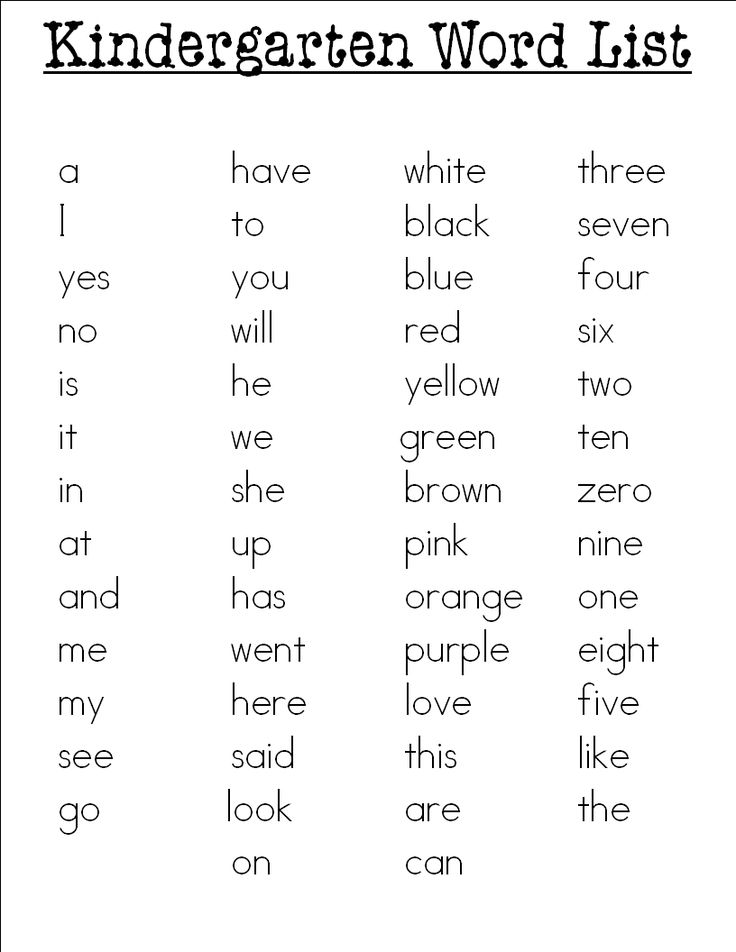 ”
”
Too authoritarian parents instill in children a constant sense of guilt. Which then passes into the adult life of a son or daughter. If you don’t want to reward your children with such baggage, learn to build a respectful dialogue, hear the child’s opinion and admit that you are wrong when necessary.
Be the first to start and build a dialogue
Understanding, trust and successful relationships between people are impossible without dialogue. It doesn't matter how old these people are. Establishing communication begins with the ability to listen without interrupting or distracting. Try to understand the emotional coloring of the event that the child is talking about, speak out his possible feelings. “I think you got upset when you got a low grade”; “Probably it was a shame for you to miss that ball”; "Are you angry that your friends went out without you?" - such phrases will help him decide what he feels, share, remove the emotional charge, calm down and find understanding.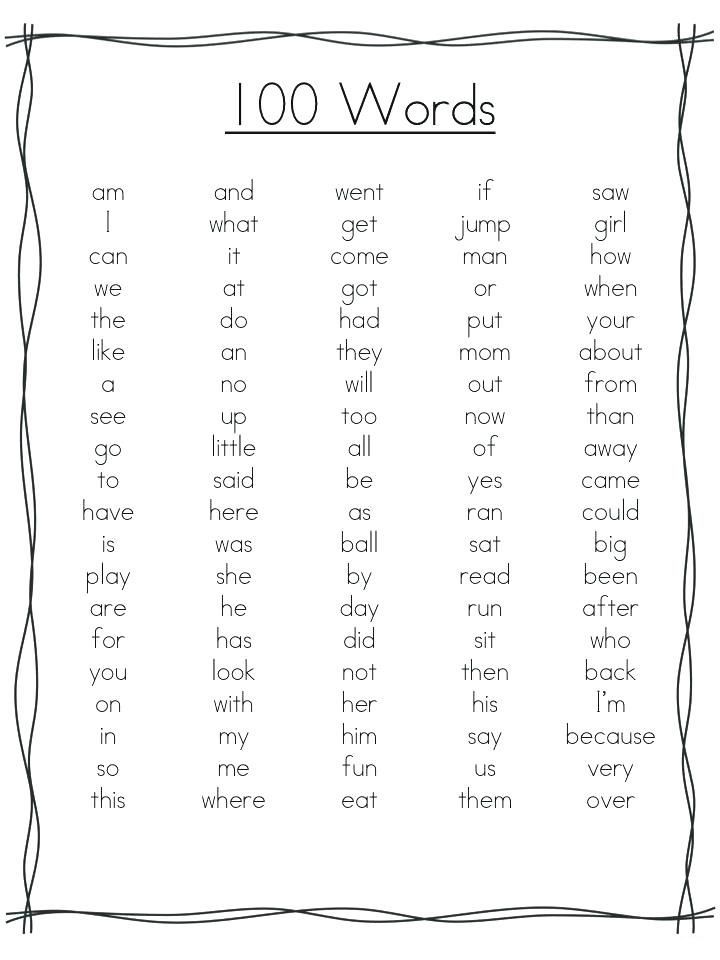
The following phrases also help to build a dialogue and carry on a conversation: “What do you think?”, “What would you do in this situation?”, “Interesting idea”, “Correct observation”, and so on. Talk calmly, do not give in to emotions, do not get annoyed, even if it seems to you that communication is pointless. Remember that your child is learning to have a dialogue, and this is an important skill for adulthood, school, work, professional success, building relationships.
Encourage curiosity and creativity
It is play that gives preschoolers an idea of the world and their place in it. This also includes creative classes, sections and circles. They allow you to try new activities, get to know yourself and your capabilities. Someone immediately chooses hobbies for many years, someone changes them every month - and this is also normal. When, if not in childhood, to have time to try yourself in dancing, drawing, modeling, martial arts, gymnastics or on the stage of a theater group?
Do not reproach the child when he changes the type of activity, maintain curiosity, be sincerely interested in what was in class or training.